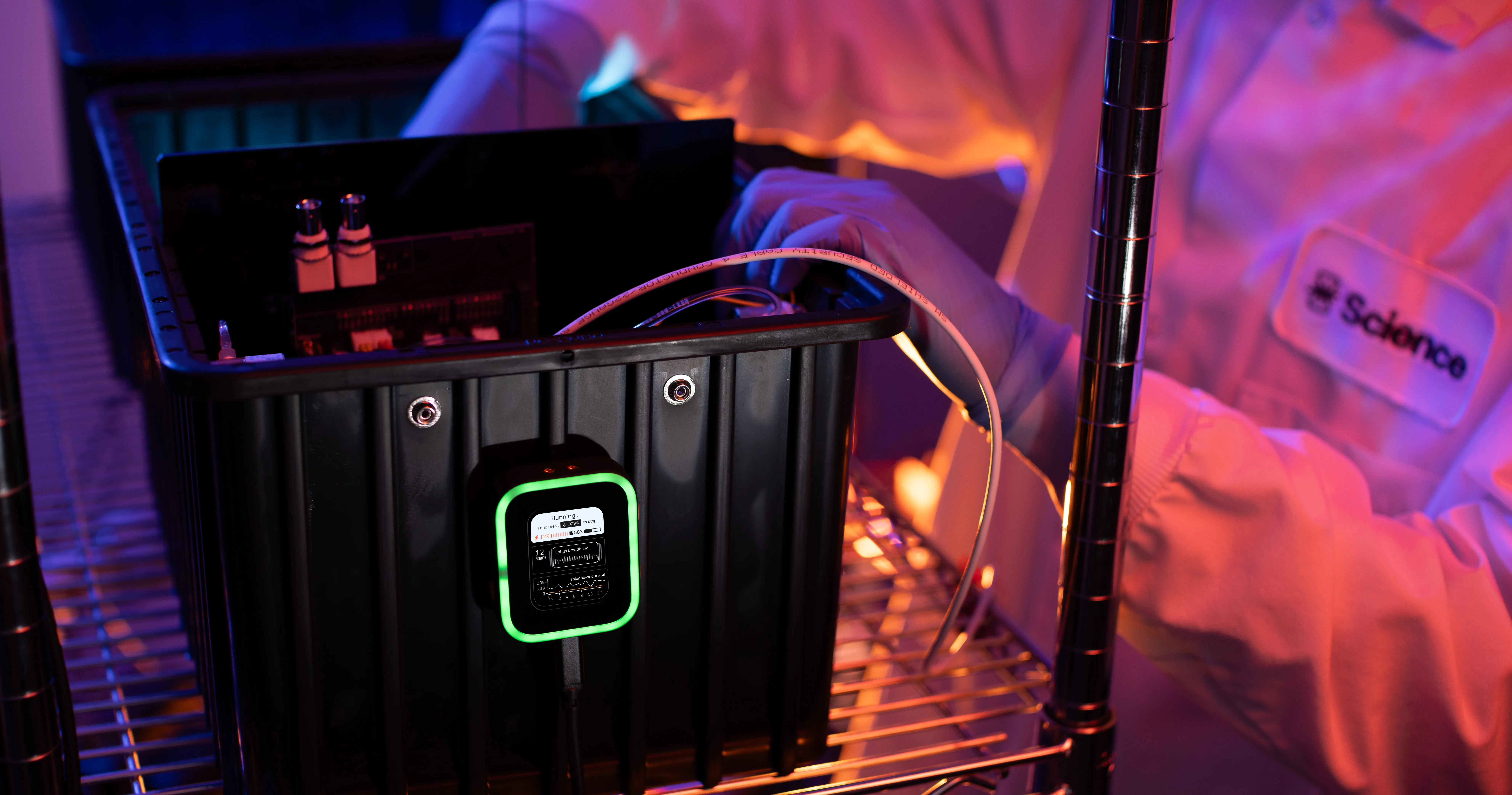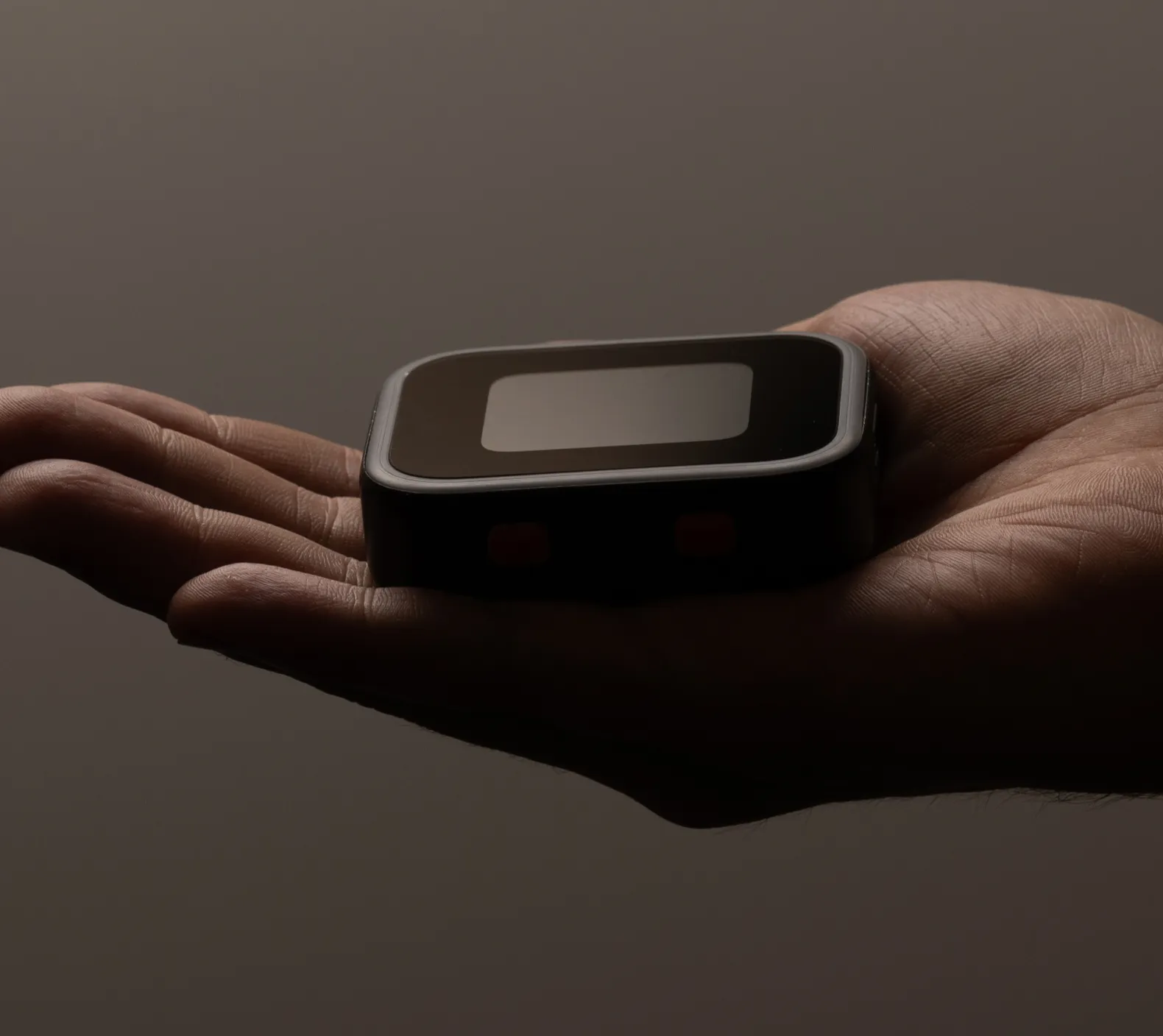Today we are releasing two separate but related technologies: the SciFi wireless headstage and the Synapse protocol which is spoken by all of Science’s neural interface devices.
Conceptually, there are three main elements to any neural interface:
- A probe, the element that actually contacts the brain tissue and optionally does analog-to-digital conversion.
- A headstage, electronics which connects the probe to the external world, i.e., the network.
- Application software that talks to the headstage for some purpose.

There are tons of probes out there, and more every week: rigid, flexible, stretchable, active, passive, with microLEDs, with different electrode materials, and so on. Fundamentally, probes are composed of one or more transducers: usually electrodes for electrical stimulation or recording, microLEDs or VCSELs for optical stimulation, or photodetectors for optical recording, but conceivably also things like, for example, ultrasound arrays or optically-pumped magnetoencephalography sensors.
Every transducer corresponds to an analog signal that must be digitized, or vice-versa for stimulation. Passive probes, which don’t contain built-in digitization electronics, must have a connector with at least one wire per transducer; this quickly becomes a problem beyond just a couple dozen wires, limiting scalability. To address hundreds or thousands of transducers, the electronics must be assembled directly into the probe, which can then offer a simple digital interface to its upstream component.
What is that upstream component? There needs to be some device that connects the probe to the application software, which is often called a headstage. Including the necessary external data acquisition systems, today these are big, expensive, often rack mounted, and typically pretty fragile. SciFi is battery powered, ruggedized and connects to WiFi to offer an easy and powerful IP-based API.

SciFi works with any probe that speaks Axon, our serial protocol for probe-headstage communication, including through a USB hub or slip ring. Any Axon probe ordered from Science Foundry will work with SciFi, or you can use an Axon Probe Development Kit to add the required electronics onto other devices.
SciFi supports approximately 2 Gbps of probe bandwith, which corresponds to ~5,200 channels of 32 kHz 12-bit broadband, or 1.3M channels of 500 Hz 3-bit binned spikes. Data generated beyond the WiFi network bandwidth, or when every sample is critical, can be written to internal storage for later download.
SciFi speaks Synapse, and can be controlled from the command line using the Synapse CLI, and official client libraries for Python, TypeScript, and C++ are available, as is a graphical interface via Nexus.
SciFi is priced at $1,024 and available for preorder; test units are being shared with customers now, and we expect to start fulfilling preorders in November.
We are doing this because we want to make neural engineering more accessible, and enable more labs and startups to try more ideas. Thanks to the knowledge humanity has learned over the last 150 years of neuroscience, there are tons of important latent inventions waiting to be developed, and our goal is to significantly reduce the costs of doing so. We’re excited to see how these tools get used.

